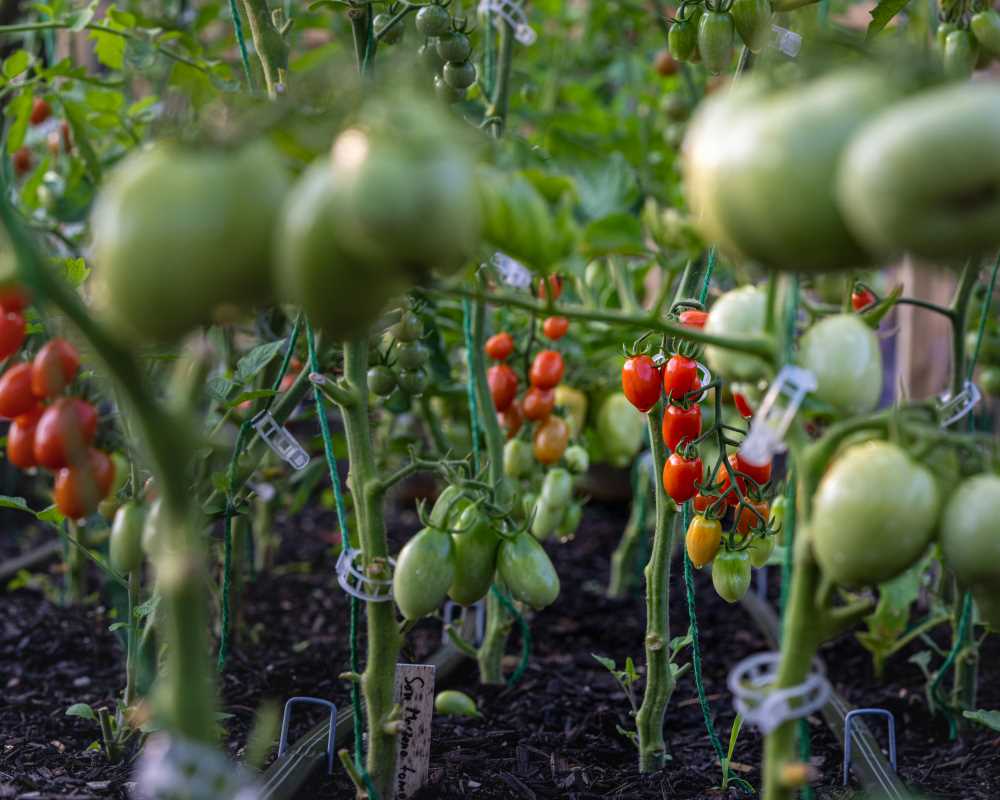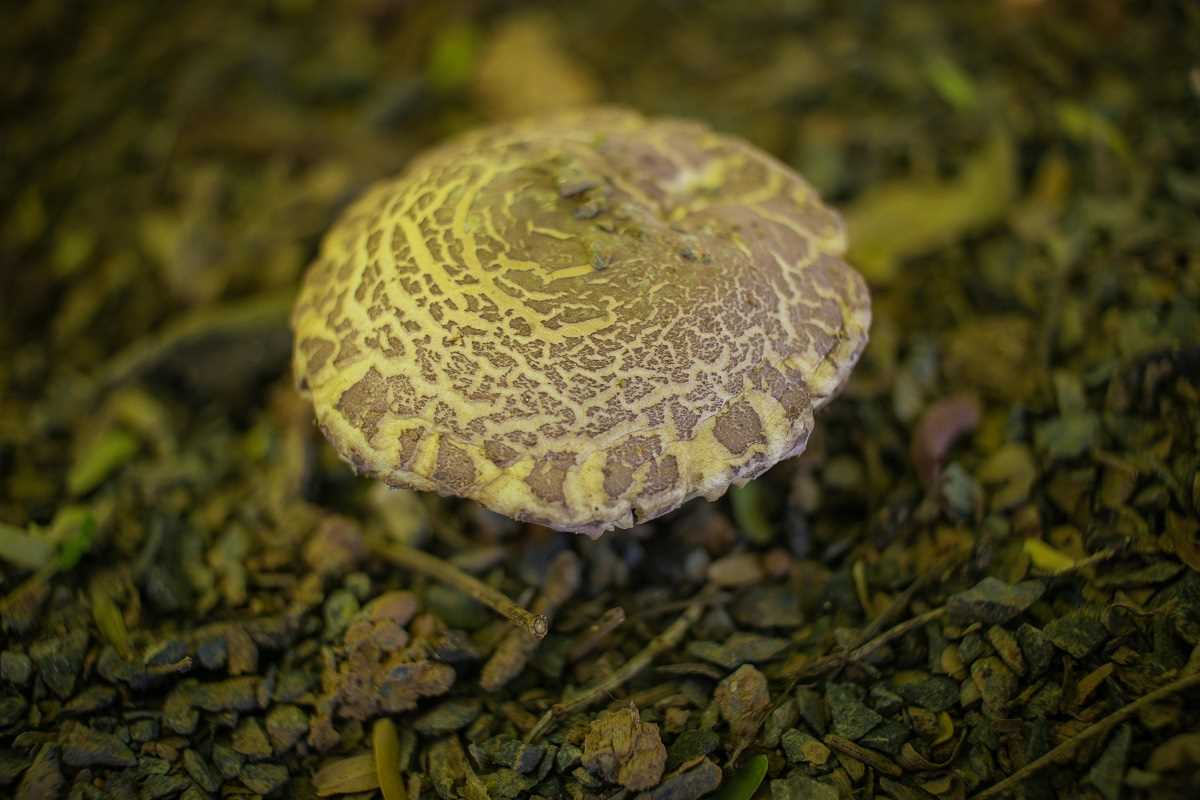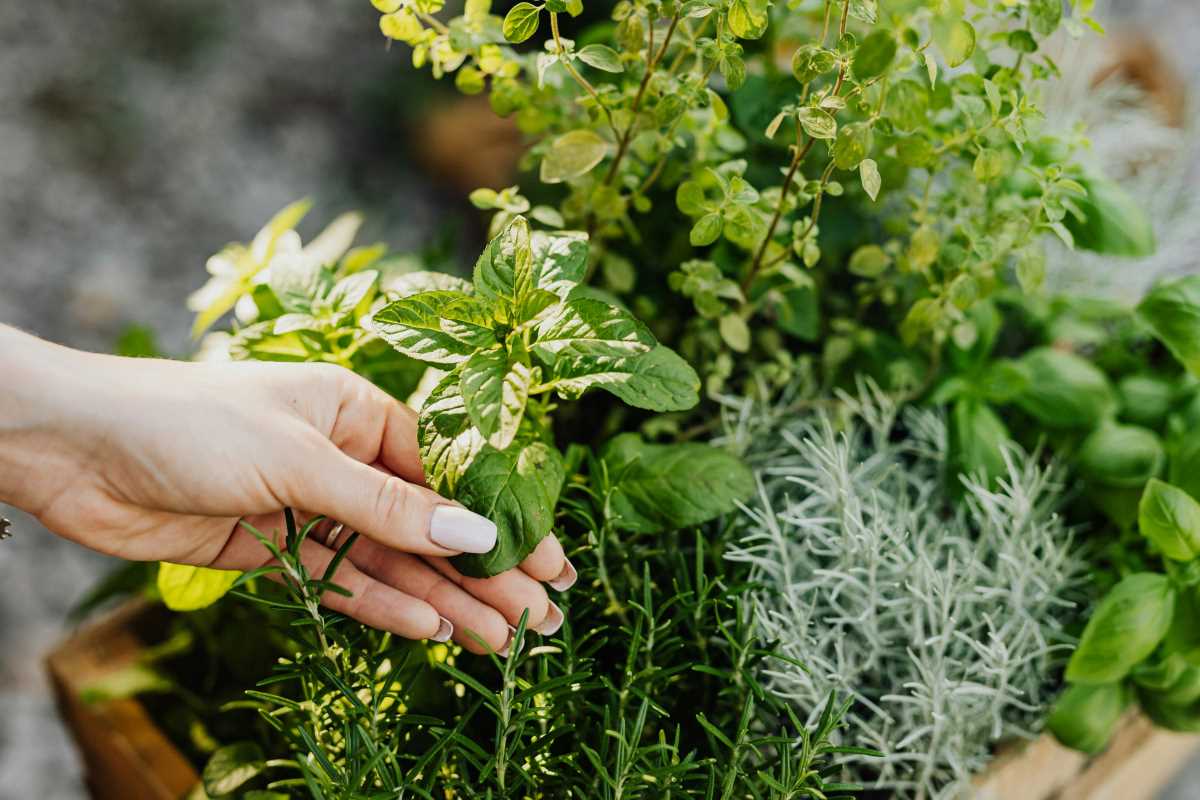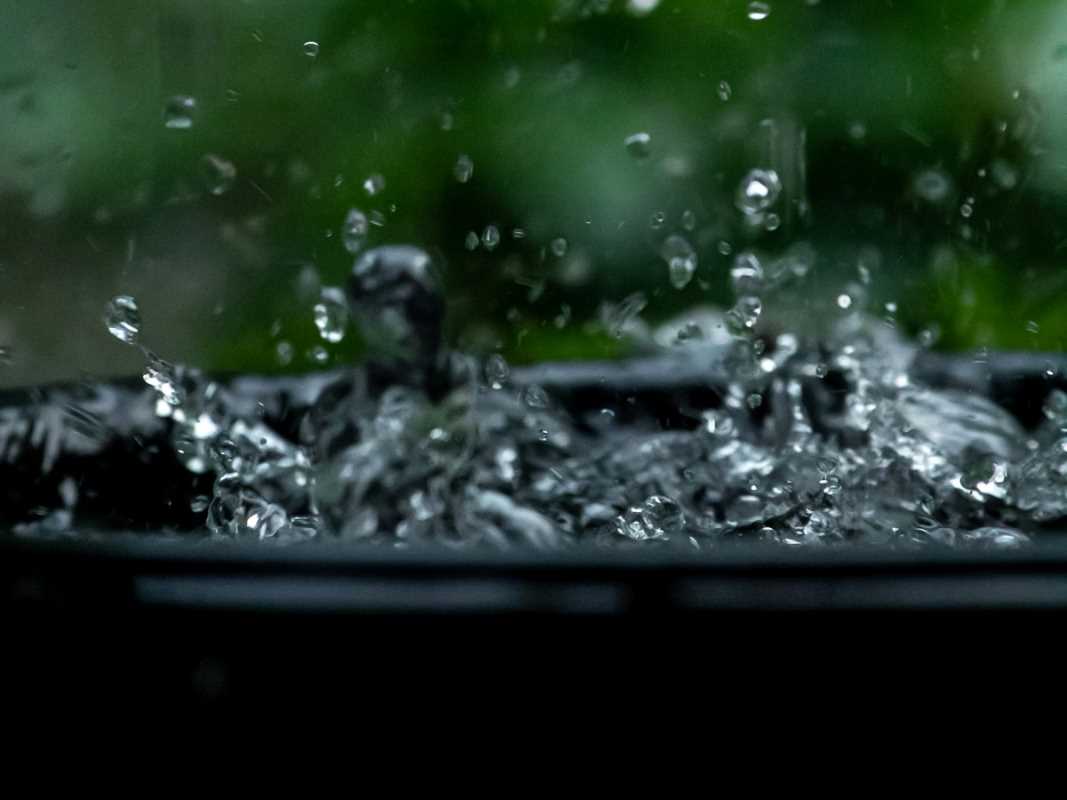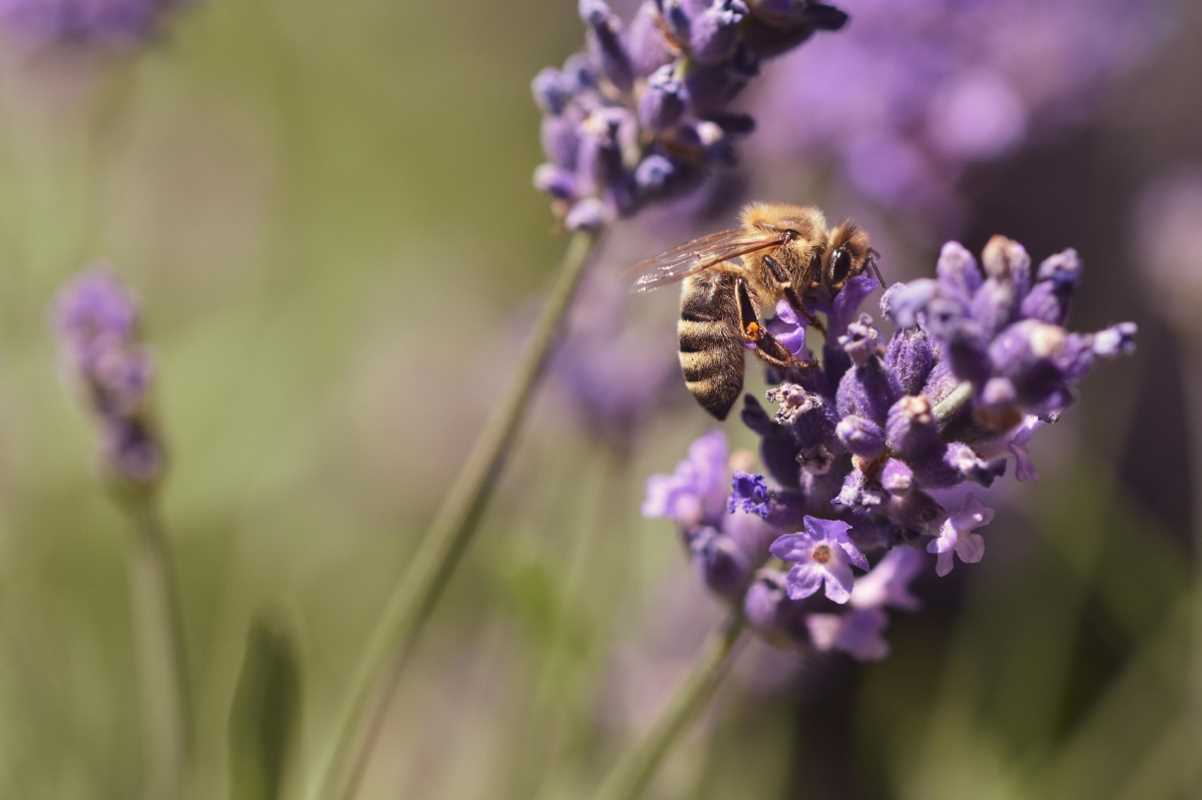When we think about creating a beautiful garden, our minds often jump to the colorful flowers and delicious vegetables we want to grow. But the true secret to a thriving garden isn't just about the plants themselves—it's about what lies beneath them. Healthy, living soil is the foundation of any successful garden, providing the essential nutrients, water, and support that plants need to flourish.
Building great soil is one of the most rewarding things you can do as a gardener. It’s a practical investment that pays off with stronger plants, bigger harvests, and fewer problems with pests and diseases. This guide will walk you through the basics of creating and maintaining rich, living soil, turning your garden into a place where plants don't just survive, but truly thrive.
What Makes Soil Healthy?
Healthy soil is much more than just dirt. It's a complex, living ecosystem teeming with activity. Understanding its key components can help you nurture it effectively.
- Organic Matter: This is the heart of healthy soil. It consists of decomposed plant and animal materials, like compost, leaves, and manure. Organic matter improves soil structure, helps it retain moisture, and provides a slow-release source of nutrients for your plants.
- Microorganisms: Your soil is home to billions of tiny living things, including bacteria, fungi, protozoa, and earthworms. These microorganisms are essential workers in the garden. They break down organic matter into nutrients that plants can absorb, improve soil aeration, and even help protect plants from diseases.
- Essential Nutrients: Plants need a balanced diet to grow strong. The main nutrients are nitrogen (N), phosphorus (P), and potassium (K). Healthy soil, rich in organic matter, naturally contains these and other micronutrients that are vital for plant health.
Practical Steps to Improve Your Soil
Building healthy soil doesn't happen overnight, but with a few simple steps, you can start improving its quality right away. These practical tips are a great way to give your garden a strong foundation.
1. Get to Know Your Soil with a Test
Before you start adding things to your soil, it’s a good idea to know what you’re working with. A soil test is a simple and insightful tool that tells you about your soil’s pH level and nutrient content. You can get a basic testing kit from a garden center or send a sample to your local cooperative extension service for a more detailed analysis. The results will give you a clear roadmap for what your soil needs.
2. The Magic of Composting
Compost is often called "black gold" by gardeners, and for good reason. It’s a fantastic, free source of organic matter that enriches your soil with nutrients and beneficial microbes. You can easily start a compost pile or bin in your backyard with kitchen scraps (like fruit and vegetable peels), yard waste (like grass clippings and leaves), and coffee grounds. Adding compost to your garden beds each season is one of the best things you can do for your soil’s health.
3. Use Mulch to Protect and Nourish
Applying a layer of mulch over the surface of your soil is another powerful technique. Mulch, which can be made from materials like wood chips, straw, or shredded leaves, offers several benefits:
- It helps retain moisture in the soil, so you don't have to water as often.
- It suppresses weeds, saving you time and effort.
- As it breaks down, it adds valuable organic matter to the soil.
How to Maintain Living Soil
Once you've started improving your soil, the next step is to keep it healthy for the long term. These practices help maintain a balanced and living ecosystem in your garden.
- Rotate Your Crops: Planting the same crops in the same spot year after year can deplete specific nutrients from the soil and encourage the buildup of pests and diseases. Try to rotate where you plant different vegetable families each year. For example, don’t plant tomatoes in the same place two years in a row.
- Plant Cover Crops: Cover crops, also known as "green manure," are plants grown specifically to benefit the soil. Varieties like clover, vetch, or winter rye are planted in the off-season. They prevent soil erosion, add organic matter when tilled back into the soil, and can even add nitrogen to your garden beds naturally.
- Avoid Overusing Chemicals: While chemical fertilizers and pesticides might offer a quick fix, they can harm the beneficial microorganisms in your soil over time. Whenever possible, opt for organic and natural solutions. Healthy soil will naturally produce stronger plants that are more resistant to pests and diseases, reducing the need for chemical intervention.
- Don't Over-Till: Tilling can be useful for breaking up compacted soil, but excessive tilling can damage soil structure and harm the delicate network of microorganisms. Consider adopting a "no-till" or "low-till" approach where you simply add new layers of compost and mulch on top of your garden beds each year.
Nurture Your Soil, Nurture Your Garden
Taking care of your soil is a deeply rewarding part of gardening. By focusing on building a healthy, living foundation, you’re creating a resilient garden that will provide beauty and bounty for years to come. It’s a practical approach that saves you time, reduces the need for fertilizers, and connects you more deeply with the natural world.
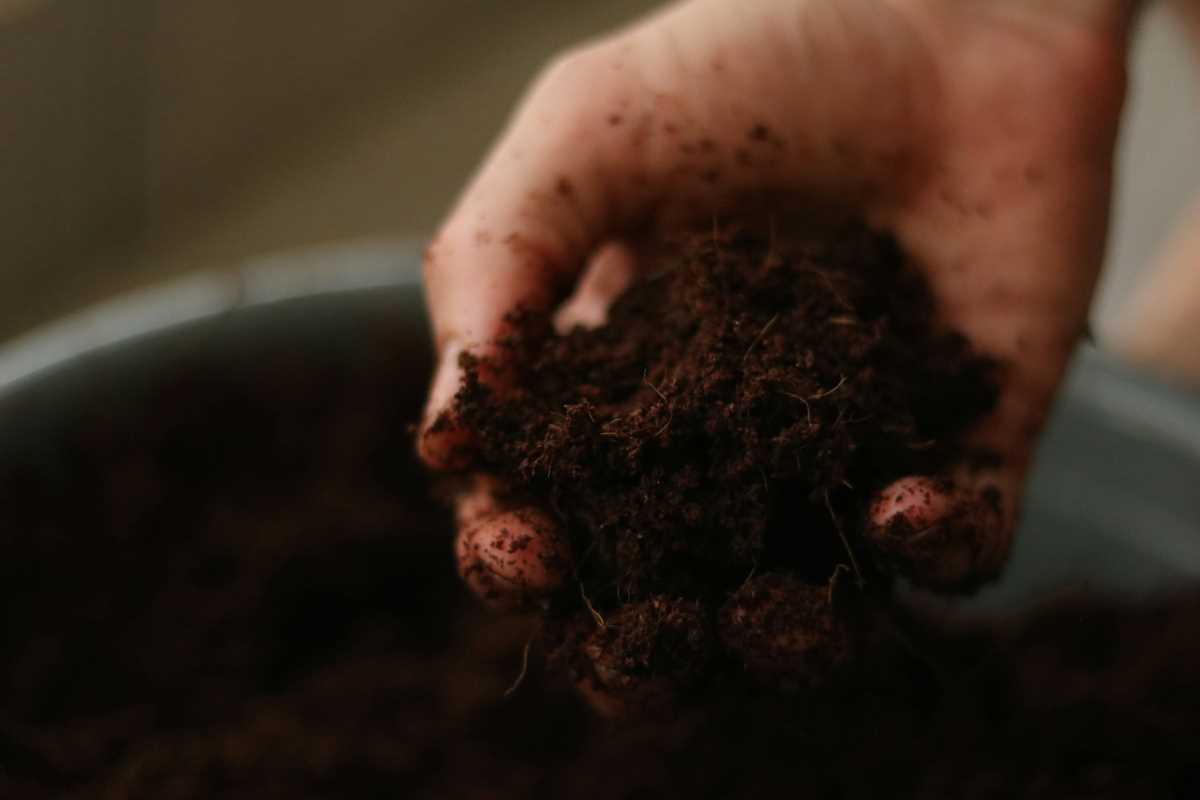 (Image via
(Image via
